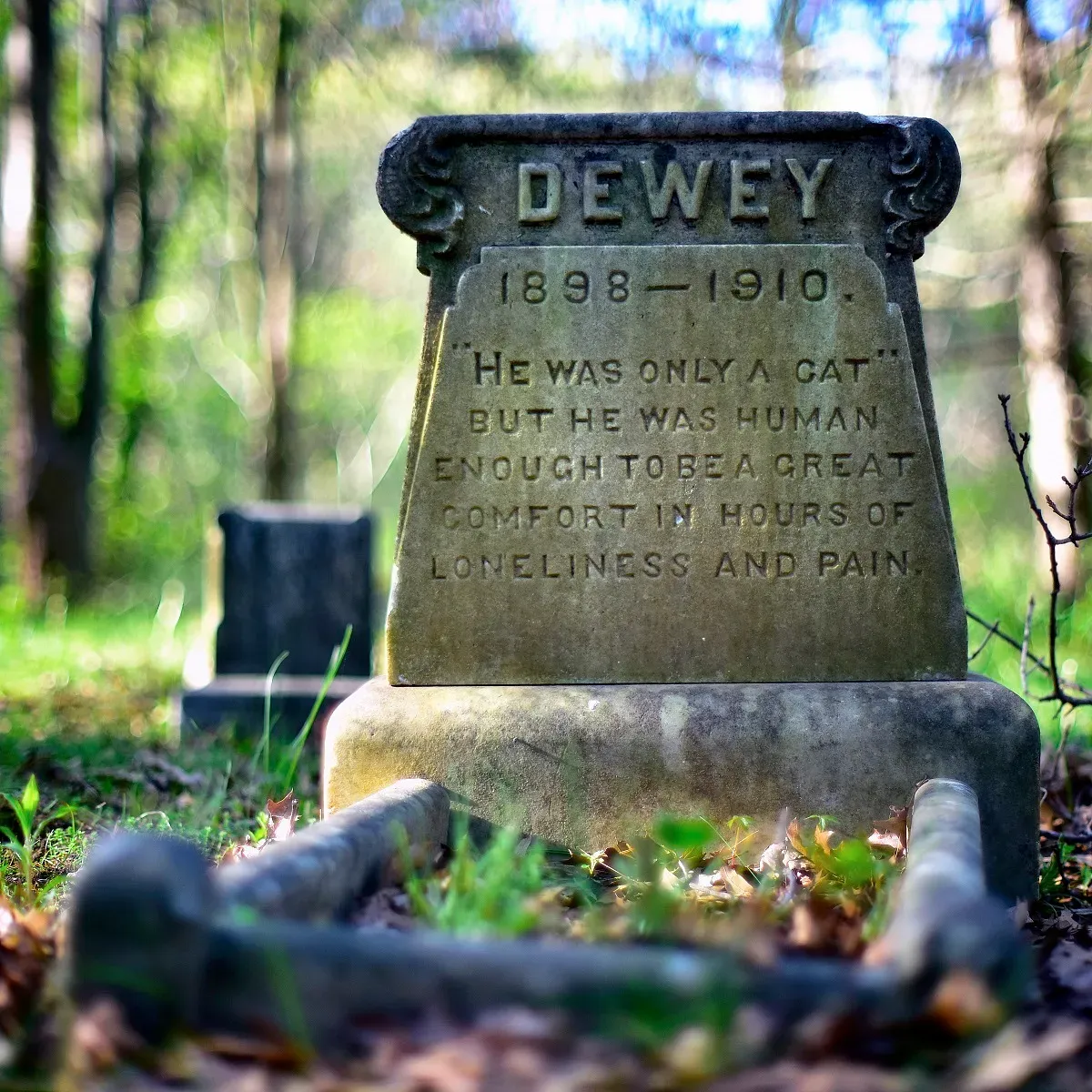Faithful Unto Death: Pet Cemeteries, Animal Graves and Eternal Devotion
Mark Twain House
Hartford
October 16, 2024
Death is inevitable for all living things. Humans have a wide range of ceremonies across cultures and religions that lay out strict rules for what to do with other humans who are dead. But what about our pets?
Dr. Paul Koudounaris traveled around the world to find the answer to this question, and presented his findings in a fascinating talk at the Mark Twain House titled Faithful Unto Death.
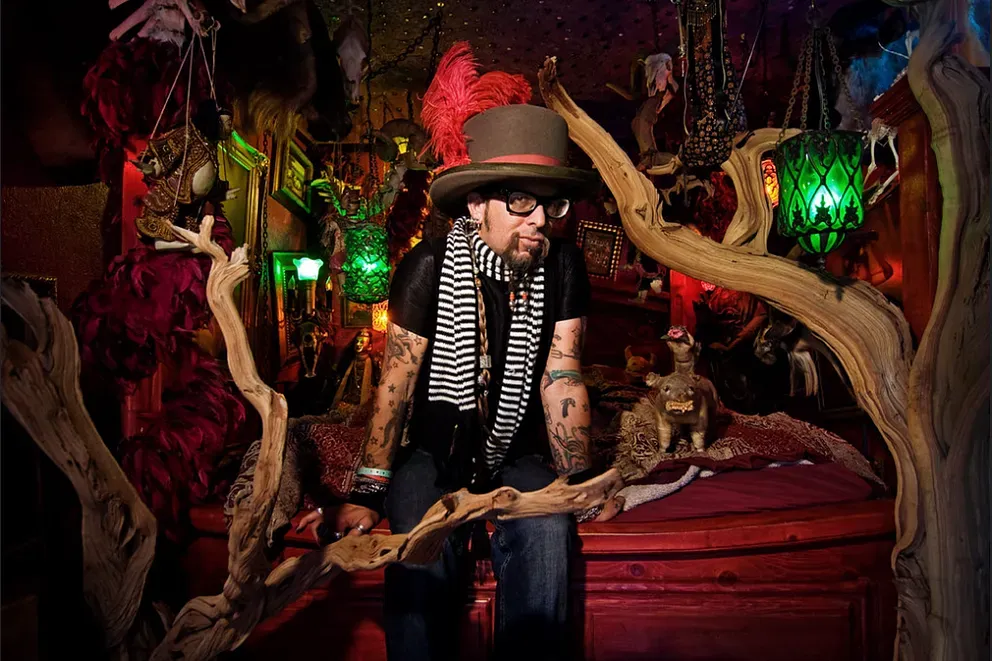
According to Dr. Koudounaris, the act of burying pets is a relatively recent one. In all of ancient Greece and Rome, he could only find evidence of one pet being buried with a headstone. And while it is well known that cats were mummified and buried with the pharaohs when they died, this procedure wasn’t the same as a burial rite for the cats, because they were killed as part of a sacrificial ceremony.
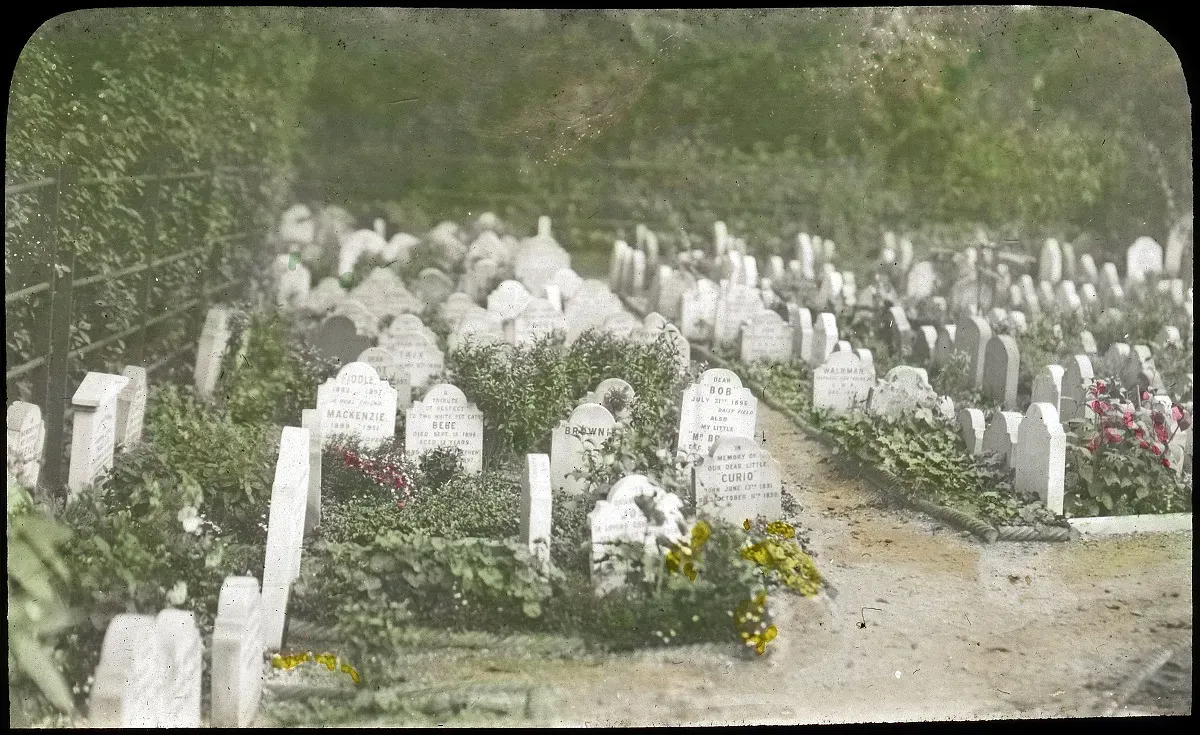
Dr. Koudounaris was more interested in pets who die and are treated as members of their human families. He found the first example of a true animal burial in 1881, when a family asked the gatekeeper of Hyde Park, Mr. Windbridge, if they could bury their recently deceased dog Cherry in his backyard. He agreed, and the family held a brief ceremony with a simple headstone that read: “Poor Cherry, Died 28 April 1881.”
It was an unusual request, as at the time deceased animals were either thrown into the trash, into the River Thames, or turned into glue or fertilizer. Other families learned of Mr. Windbridge and asked for their pets to be buried there, too, and his backyard became the first urban cemetery, with eventually over 1,000 animals interred.
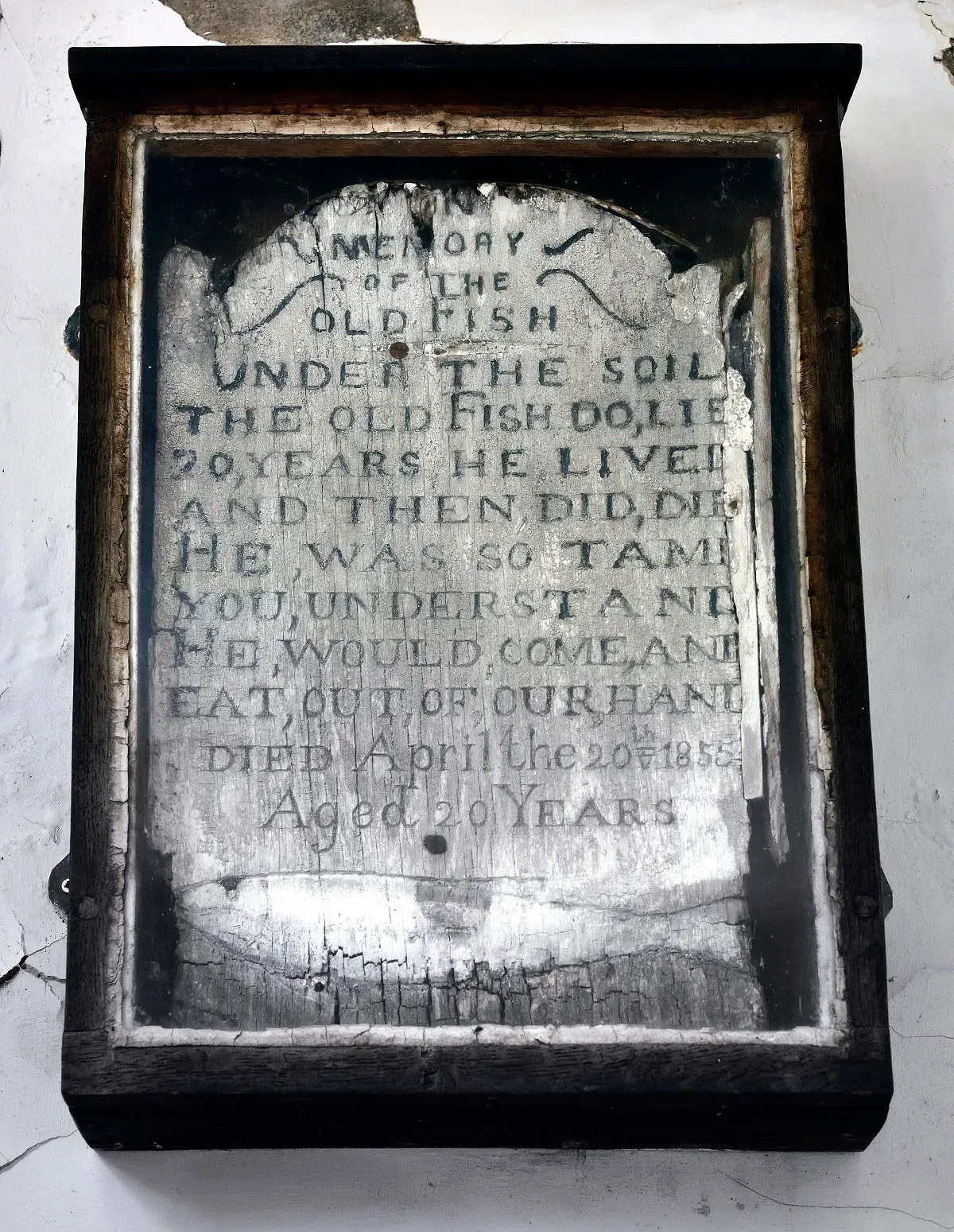
There were many interesting stories about animals, their human friends and the way that they were honored after death. One of my favorites was the story of a man named Kenny who had a stream on his property. A trout would swim in the stream, and he eventually trained the trout to let him feed it by hand. When he found the trout dead, he buried him and erected the above headstone.
One of the most moving stories was the story of Arap. He lived with his family in Russia during the Bolshevik Revolution, and his family had been marked for execution by the triumphant Bolsheviks. When the soldiers approached, Arap woke his family with his barking, giving them an opportunity to escape. As the family fled, they realized that Arap had stayed behind to engage the soldiers, and they heard the single gunshot that took his life.
To honor Arap’s sacrifice, the family purchased a failing cemetery outside of Chicago, and built a cenotaph to remember him. It’s the oldest surviving pet cemetery in Illinois.
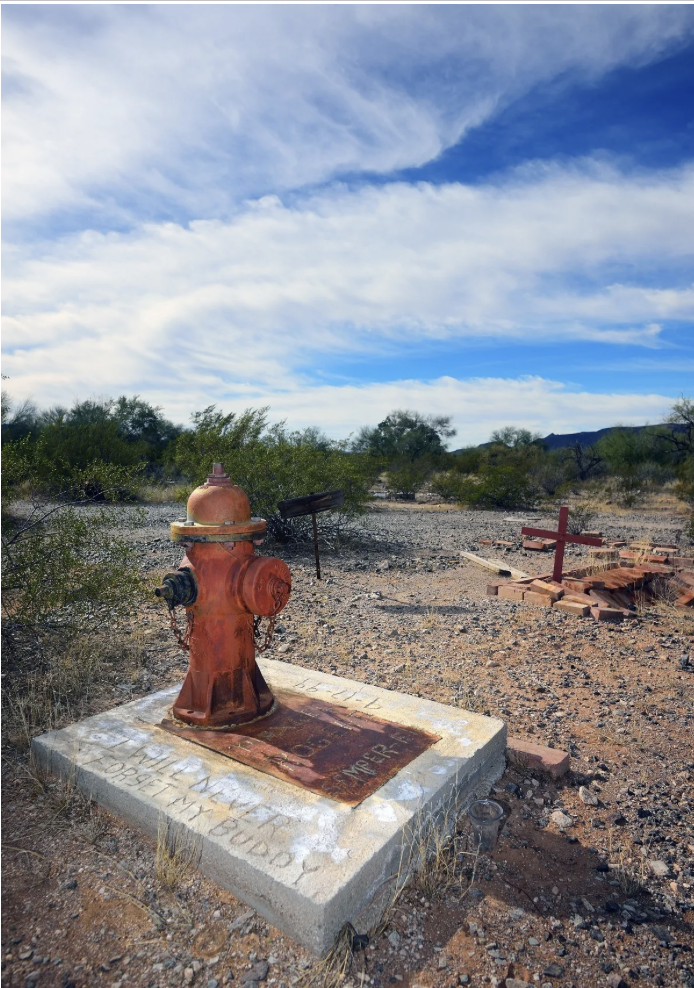
There are also less formal traditions for burying beloved pets. In the western United States, where there are large swaths of uninhabited public lands, families will bury their pets and make their own memorials and headstones to honor them. From makeshift crosses to mailboxes and fire hydrants, these memorials are unique symbols of the love that human families had for their pets.
Grief and mourning are never easy, whether we’re dealing with the loss of a human or an animal friend. Dr. Koudounaris gave a great lesson on the ways that we cope with that loss, by ensuring that our animal companions receive the dignity and love that they deserve.
NEXT
The Mark Twain House presents “Ghost Signature Albums” Oct. 18 at 6:00 p.m.
Jamil goes to Theaterworks for the opening play of the season.
